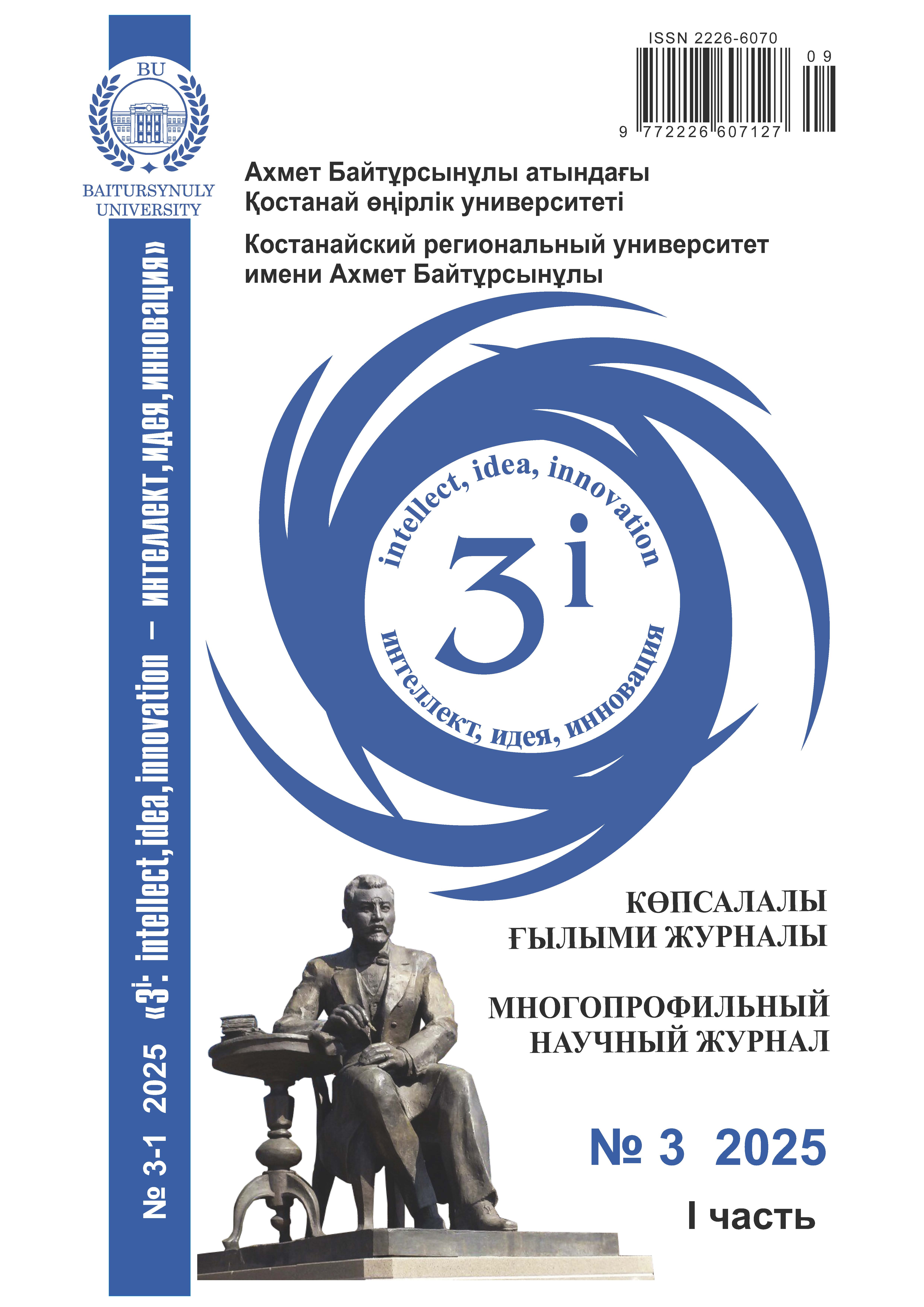АГРОЭКОЛОГИЧЕСКАЯ ОЦЕНКА ДОННЫХ ОТЛОЖЕНИЙ ВОДОХРАНИЛИЩ СЕВЕРНОГО КАЗАХСТАНА КАК ЭЛЕМЕНТ МОНИТОРИНГА СЕЛЬСКОХОЗЯЙСТВЕННЫХ ВОДОХРАНИЛИЩ
DOI:
https://doi.org/10.52269/KGTD2531280Ключевые слова:
содержание калия, содержание фосфора, Каратомарское водохранилище, Верхнетобольское водохранилище, донные отложения, рентгенфлоуресцентный спектральный анализАннотация
Статья посвящена результатам комплексного изучения донных отложений в прибрежной зоне Верхнетобольского и Каратомарского водохранилищ, расположенных в пределах территории Республики Казахстан. Отбор проб проводился в зимний период при стабильных условиях ледового покрова, что обеспечило репрезентативность данных. Основное внимание уделялось анализу содержания соединений калия и фосфора — ключевых макроэлементов, формирующих минеральную основу донных отложений. Установлено преобладание калиевых оксидов, что соответствует ранее опубликованным данным по пресноводным водоёмам. В рамках исследования были апробированы и адаптированы экспрессные методы анализа химического состава донных осадков с использованием рентгенофлуоресцентной спектроскопии, эффективной при работе в условиях низких температур. Полученные результаты находятся в соответствии с Руководящими принципами мониторинга и оценки трансграничных и международных озёр, разработанными рабочей группой ЕЭК ООН. Практическая значимость работы заключается в создании научно обоснованной базы для регулярного экологического мониторинга водоёмов, используемых в сельском хозяйстве. Представленные данные могут служить референтными при оценке экологического состояния донных систем проточных водоёмов умеренной климатической зоны, а также способствовать совершенствованию и внедрению оперативных методов экспресс-анализа твёрдофазных фракций донных осадков с применением современных инструментальных подходов.




